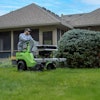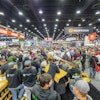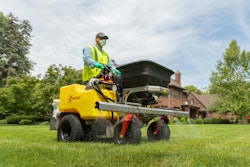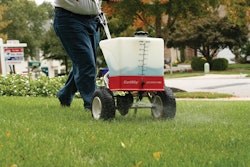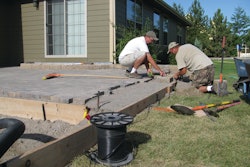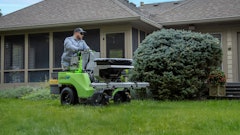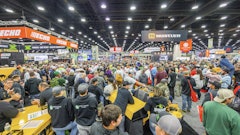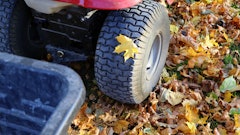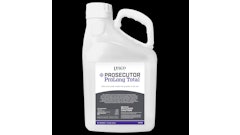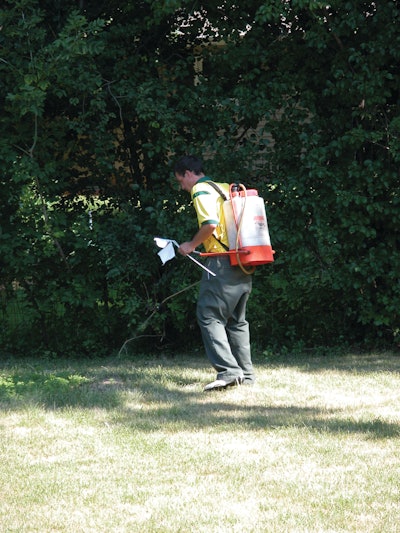
Here's an easy question to answer: If you want your turf to become healthy and lush, you need to feed it. Here's a tougher question: What equipment should you use to do the feeding?
Lawn care contractors have several options when it comes to spreading and spraying equipment. Which tool makes sense for you depends on the type of work you're doing and the properties you are maintaining. Mike Caprio, Lawn Doctor's senior equipment manager, helps us take a closer look at each.
Walk-behind granular spreader. These work well in certain applications, but there are a couple of things to consider before purchasing this type of granular spreader:
- What is your average lawn size?
- What type of terrain are you dealing with?
- How many customers do you have?
When it comes to lawn size, walk-behind push spreaders work fine for lawns up to 8,000 square feet. If you have a lot of lawns over that amount you should consider a larger unit so you can increase production.
Walk-behind sprayer. Hand tank sprayers are ideal for smaller mixtures of weed control products or for using when performing spot spray treatments.
Backpack sprayer. These larger liquid spray units are an excellent choice when performing larger spot applications to turf, tree and shrub applications, or when performing perimeter pest applications.
Stand-on sprayer/spreader. Stand-on spreader/sprayer combo units work well for lawns over 8,000 square feet. Although an increasing number of applicators are using stand-on units on smaller lawns, safety and using the right tool for the job are important.
Some key factors are obstacles on the lawn such as swing sets, flower gardens, fish ponds, etc. If a lawn is small to begin with and also has some obstacles, a walk-behind spreader might be a better choice.
In addition to lawn size, hills or inclines must be evaluated before using a stand-on applicator. Each one on the market can handle certain inclines. Make sure to consult with the manufacturer.
Windshield time (the amount of time spent driving between properties) can be another factor in considering a stand-on machine. If you have a lot of customers that are far from your shop, a stand-on can help reclaim lost production time because they are generally faster and more efficient.
Riding sprayer/spreader. This type of machine is an excellent choice when performing applications to large commercial properties or when you have lawns over 20,000 square feet. The thought process here is really no different than evaluating an intermediate walk-behind mower vs. a riding zero-turn mower.
Most of the ride-on sprayer/spreaders on the market work well on inclines. Nonetheless, be sure to refer to the manufacturer as to what their incline limit is.
Careful planning and routing is another important consideration. Riding units are unable to fit through gates to access back yards. This situation can be easily overcome by putting two technicians on your large properties; with one operating the ride-on applicator and another with a stand-on or walk-behind applicator that can fit through the gate to service the customer’s back yard.
Mounted/towed sprayer or spreader. These are the best choice when wanting to achieve the maximum amount of square-footage production. These are commonly used for larger commercial applications, parks and athletic fields where gates and obstacles are not an issue.
